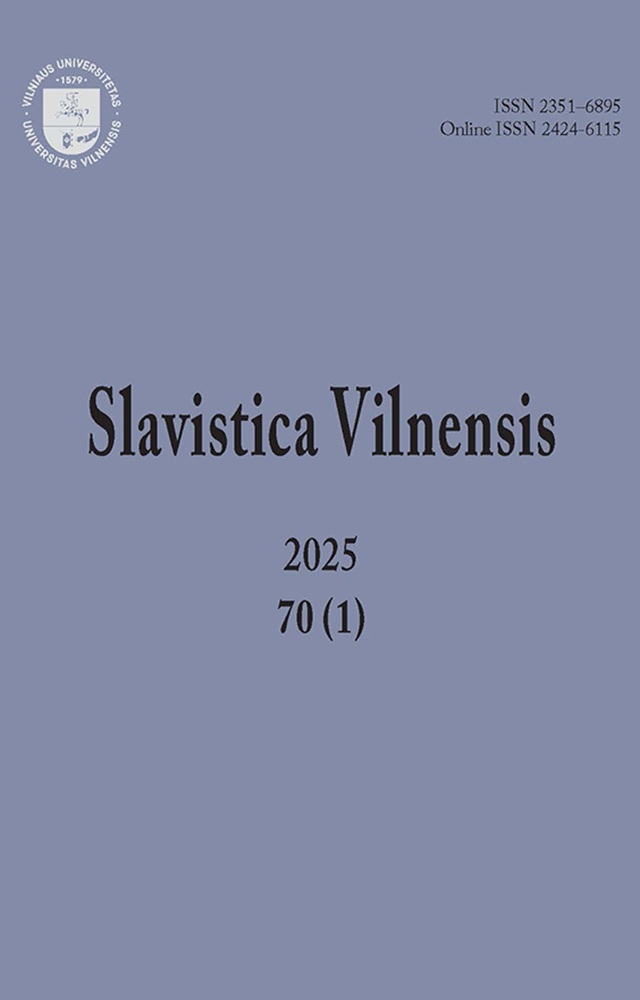Abstract
The aim of this paper is to describe the linguistic situation of Zaolzie (Těšín Silesia), an area situated on the Polish-Czech border. The contemporary linguistic situation and the population of Zaolzie are characterised by multilingualism and multiculturalism at individual and community level. Zaolzie is currently the center of the Polish national minority in the Czech Republic. The socio-political situation in the country allows for the development of Polish cultural and educational activities, the publication of Polish press, the broadcasting of programs on the Czech radio and television, etc. The work deals with the theoretical aspects of bilingualism in the Czech Republic, for example, the conditions under which bilingual signs are introduced. The authors will describe the current linguistic situation, legal conditions and legislative solutions concerning the use of the Polish language in public places in theoretical and practical terms. In the Czech Republic, there are four main documents that guarantee the rights of national and ethnic minorities: the Charter of Fundamental Rights and Freedoms, the Act on the Rights of National Minorities, the Act on Municipalities and Administrative Units, and the European Charter for Regional or Minority Languages. The process of introducing dual naming in Polish in public places (authorities, institutions, railway stations and stops, road signs, names of streets, squares, etc.) and its practical implementation will be presented. The authors also illustrate some interesting facts with examples from the local media while using photo documentation taken by the authors.

